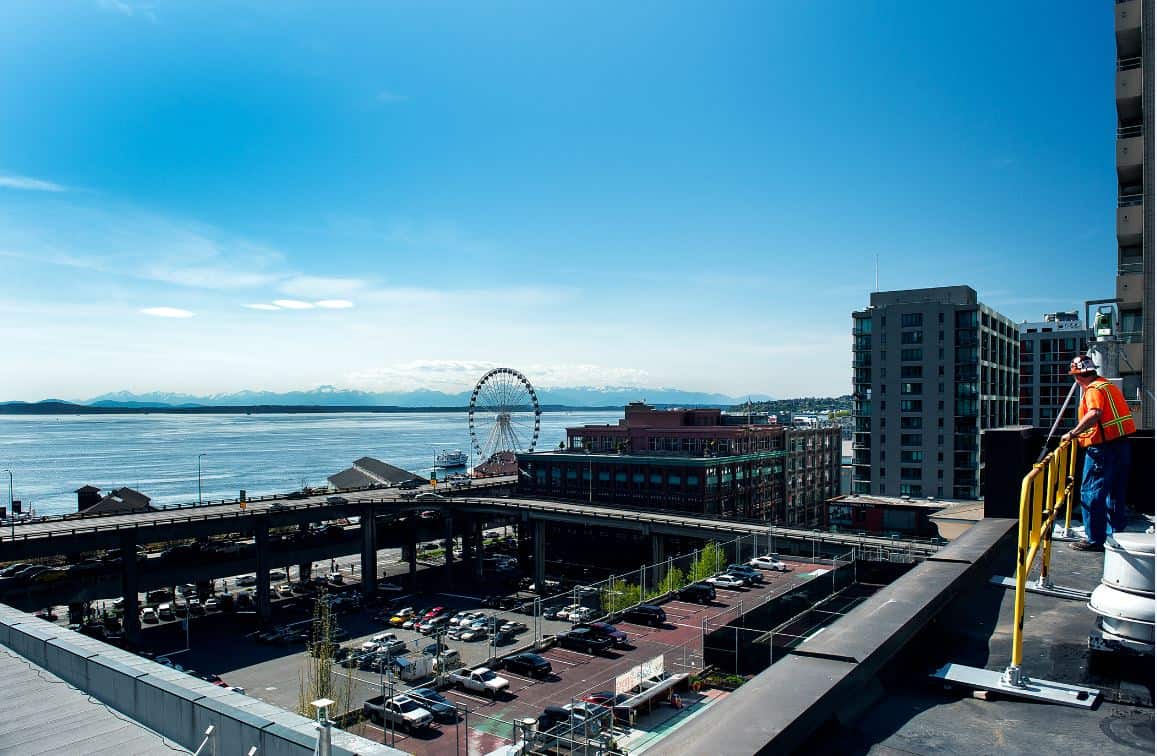Providing risk management and control throughout the Alaskan Way Viaduct end-of-life cycle
Having suffered earthquake damage, Seattle’s Alaskan Way Viaduct was replaced by the State Route 99 Tunnel. To provide the level of risk control required to carry out this project safely, our local teams installed a total monitoring system for the full 3.2 kilometres of this tunnel beneath the city centre. Four years later, it was joined by another system to monitor demolition of the old viaduct.
Completed on 4 April 1953, the Alaskan Way Viaduct was an elevated double-deck section that carried the State Route 99 above Seattle city centre via the waterfront at Elliott Bay and the city industrial heartland.
The viaduct suffered minor damage in the 2001 Nisqually earthquake, and the following structural inspections persuaded the state and national governments to replace much of the structure with a tunnel beneath the heart of the city.
With a working diameter of 17.5 metres, the world’s largest tunnel boring machine began work on the new State Route 99 tunnel in 2013. The progress made by this super-machine beneath the main landmarks of the city, including Pioneer Square and the Pike Place market, demands an equally impressive risk management and mitigation system.
The highly urbanised environment of this project demanded some very special attention to detail, since existing buildings, engineered structures and utility networks were all exposed to the risks inherent in tunnel excavation.
Controlling these structural and geotechnical risks demanded a wide range of monitoring solutions, including 37 Cyclops (automated monitoring total stations) installed on building roofs and walls, internal geotechnical instrumentation, underground measurement instruments, real-time monitoring managed directly from the TBM control room, and satellite radar interferometry measurements.
All the data gathered are centralised and managed using the Geoscope decision-support platform. Special attention was paid to converting this data into ready-to-use information for individual project contributors. The scale and environment of this project make its monitoring program the most comprehensive ever implemented in the USA.
As an important member of the Alaskan Way Bored Tunnel team, Sixense has provided outstanding technical support, delivered innovative solutions to complex challenges and maintained an unwavering positive attitude.
David Sowers, Deputy Program Director at WSDOT (Washington State Department of Transportation)



